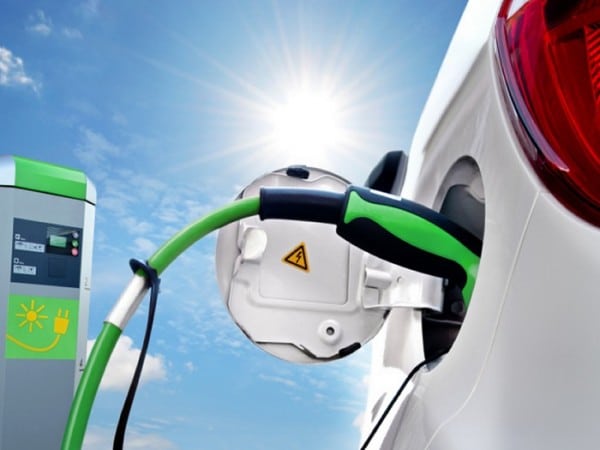
 Posted by Jim Dore
Posted by Jim Dore Electric vehicles first came into being in the mid-19th century. Rechargeable batteries, which made viable means for storing electricity on board a vehicle, were introduced in 1859. It was the invention of the lead–acid battery by French Scientist Gaston Planté that made that possible.
In today’s Electric Vehicle (EV) world, the battery technology has improved 100 fold. With 80 kWh Lithium Ion battery packs propelling 24-foot delivery truck to 60 MPH and ranges up to 100 miles, we have seen a dramatic change. Still, we have a long way to go in order to call commercial electric vehicle use the norm. Charging infrastructure is one of the keys to managing these vehicles – how they charge, range issues, and utility grid overload issues.
Here are ten important things to consider when you are looking to build infrastructure for an expanding Fleet EV program.
Let’s look at #3 above as a real life example. Chateau Energy Solutions designed a project for our customer in northern California for a large fleet roll out program. The customer site had many good routes for EV trucks that have a 30 – 65 mile route. The government grant received for Phase 1 of the EV project was limited, so capital was at a premium. The Chateau EV experts and customer decided to size up the transformer and gear box for Phase 1, as well as did some long-term planning to ensure scalability in the future. Today, that customer site has two additional projects with a total of 26 electric vehicle delivery trucks and a full controls and metering platform. This is a prime example that front-end planning for future scalability was both beneficial and worthwhile.
And then there is pre-planning on a whole different level. One of the most prolific Electric Vehicle program in the history of EV deployment happened on July 31, 1971 – an electric car received the title of becoming the first manned vehicle to drive on the moon. That car was the Lunar Rover, which was first sent to the moon during the Apollo 15 mission. The “moon buggy” was developed by Boeing and GM subsidiary Delco Electronics and had a DC drive motor in each wheel, and two 36-volt silver-zinc potassium hydroxide batteries. NASA had no moon-based EV infrastructure so they had to do all this pre-planning back on earth before they sent these machines and batteries 250,000 mile into space. Quite a feat of engineer wouldn’t you say?
As you can see, good site prep and pre-planning as well as a solid electric vehicle infrastructure partner with the correct resources and experience is imperative for a successful EV infrastructure program. Take the time to do your due diligence before the outset of your fleet EV deployment. Good preplanning on the front end will save you in the long run.
Good luck! Continue to support Energy Efficiency and Environmental Stewardship.
Chateau Energy Solutions Making Energy an Asset®
Ready to get started on the path to energy efficiency and sustainability?